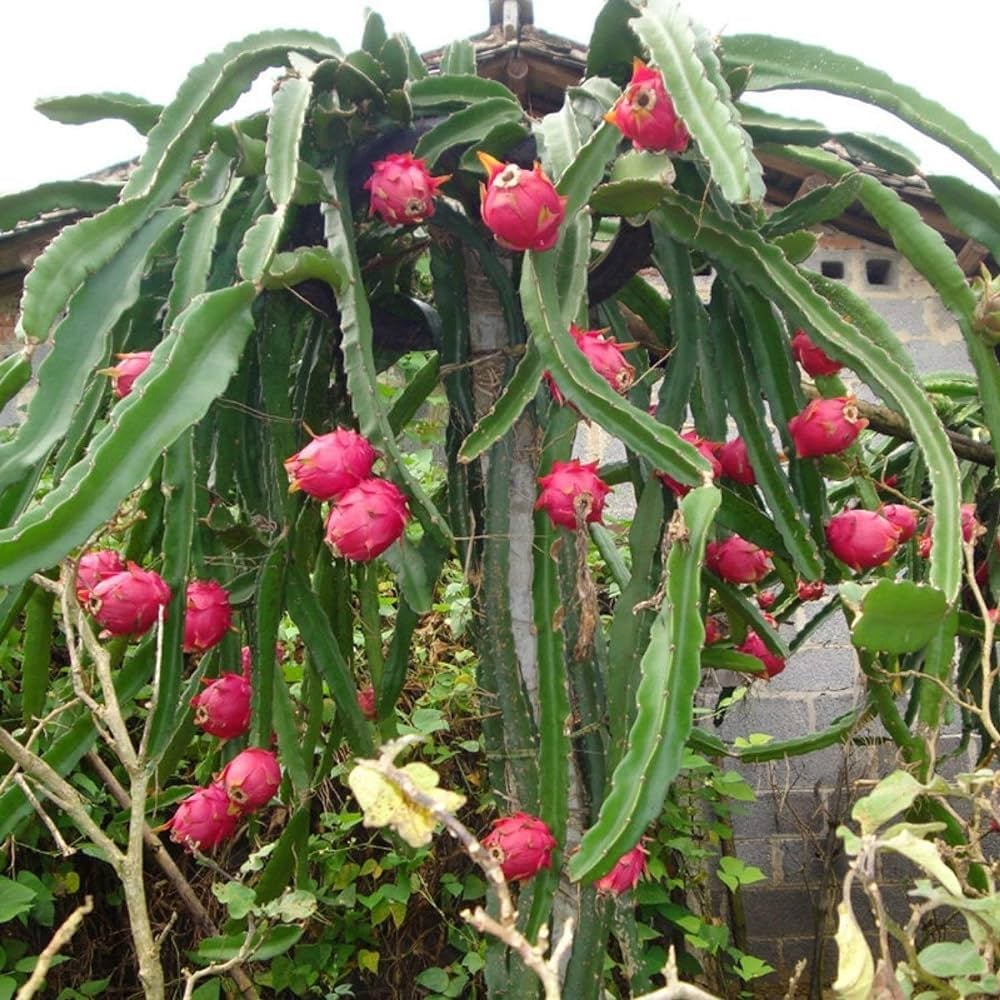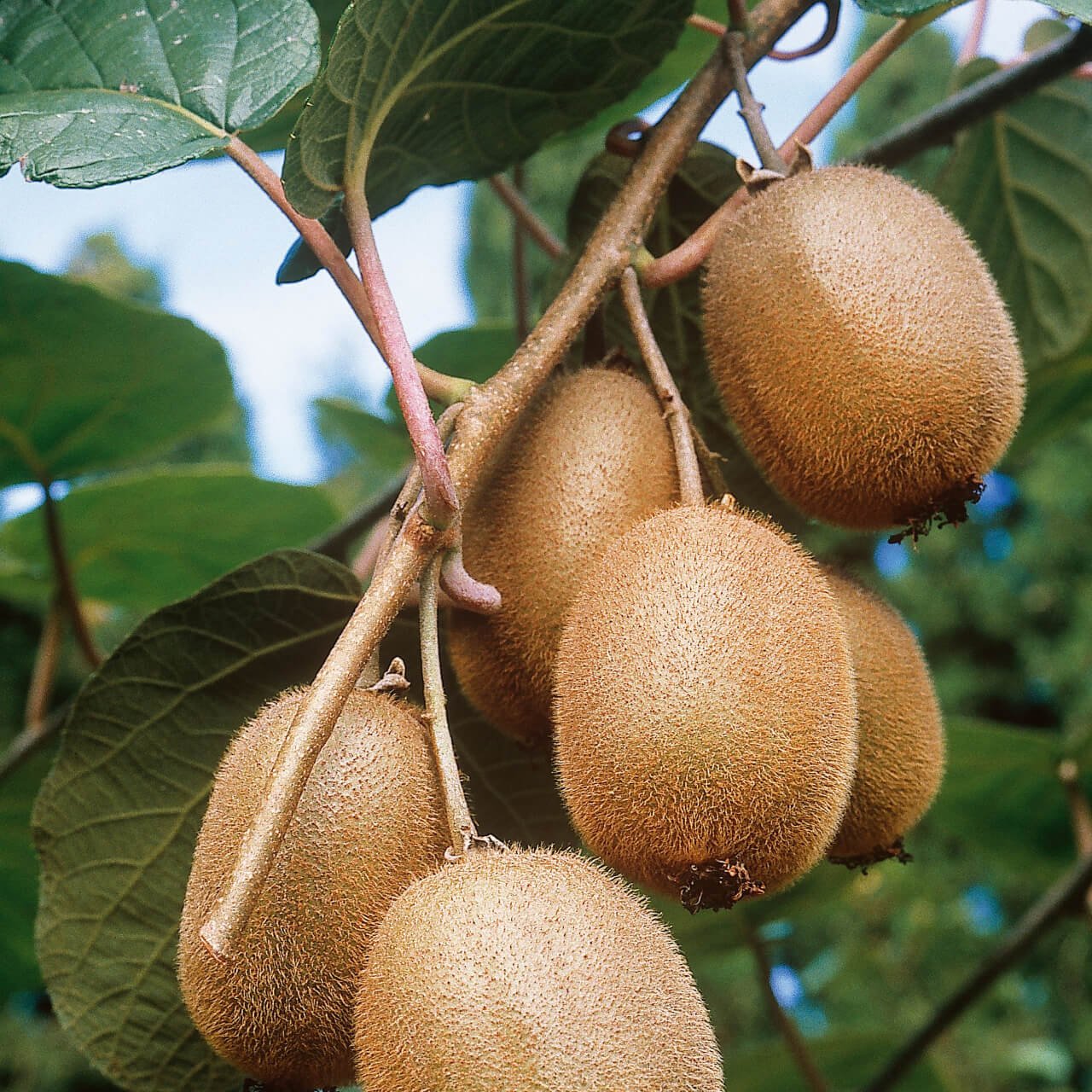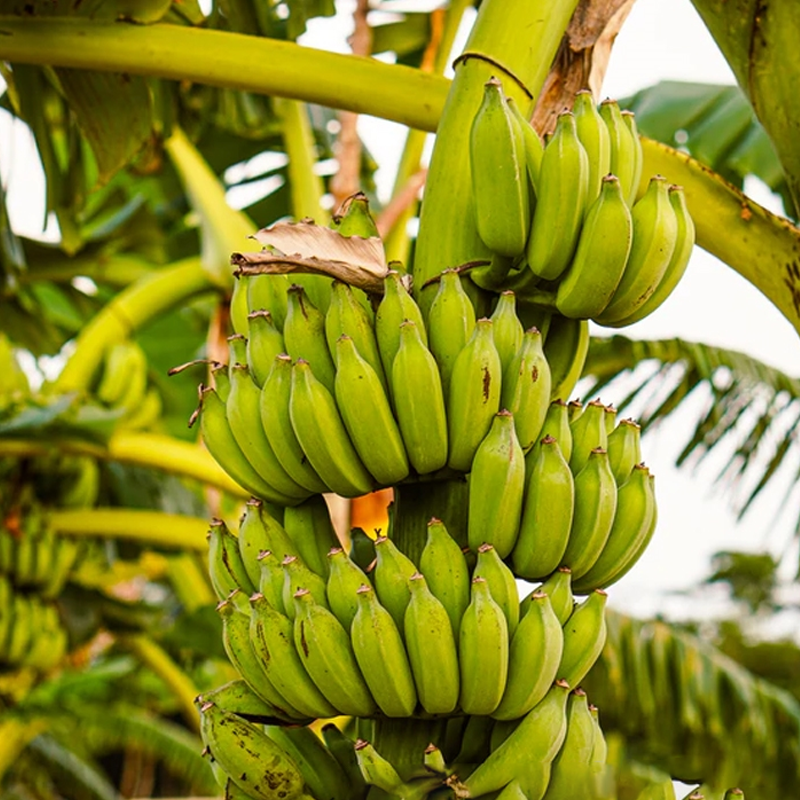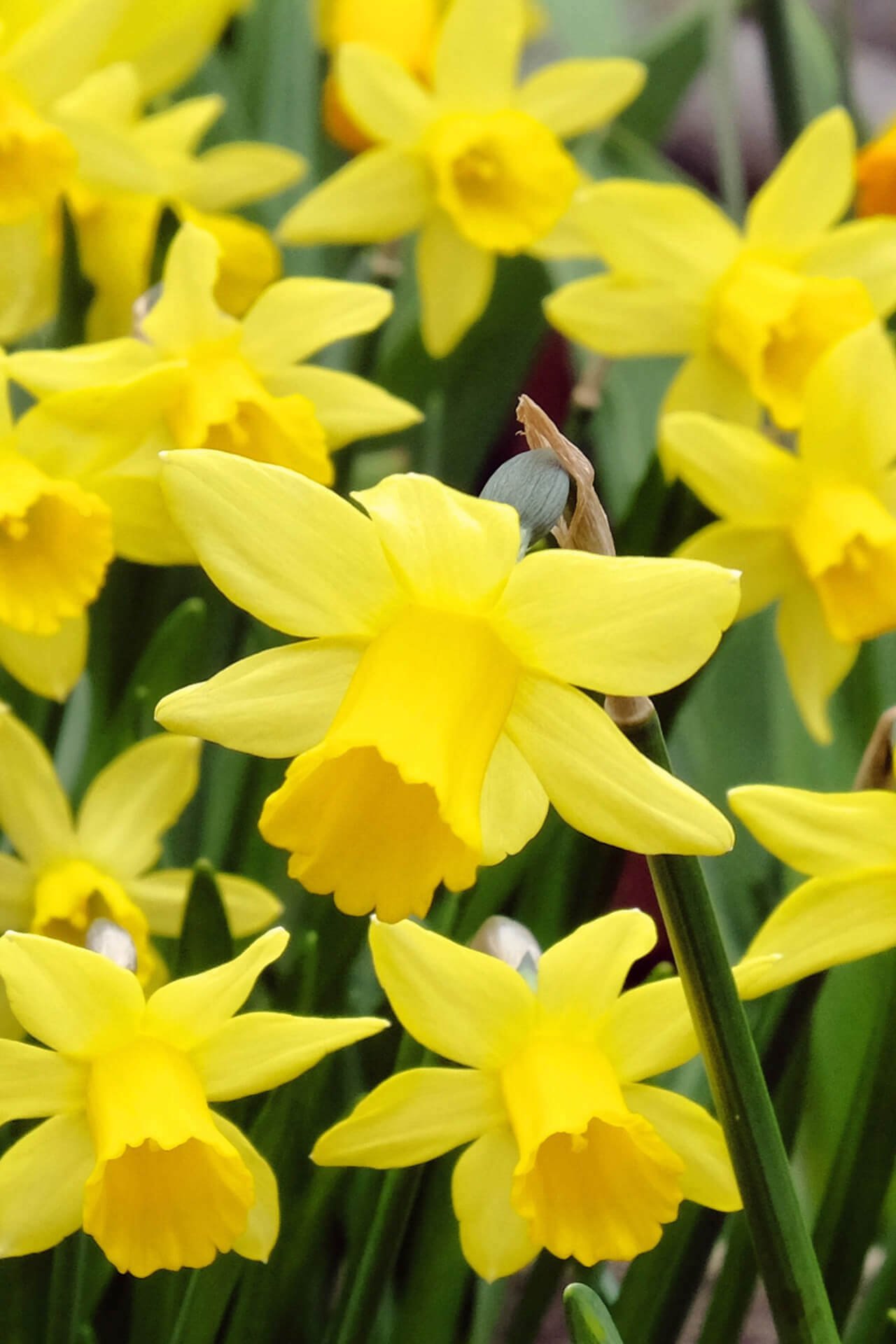

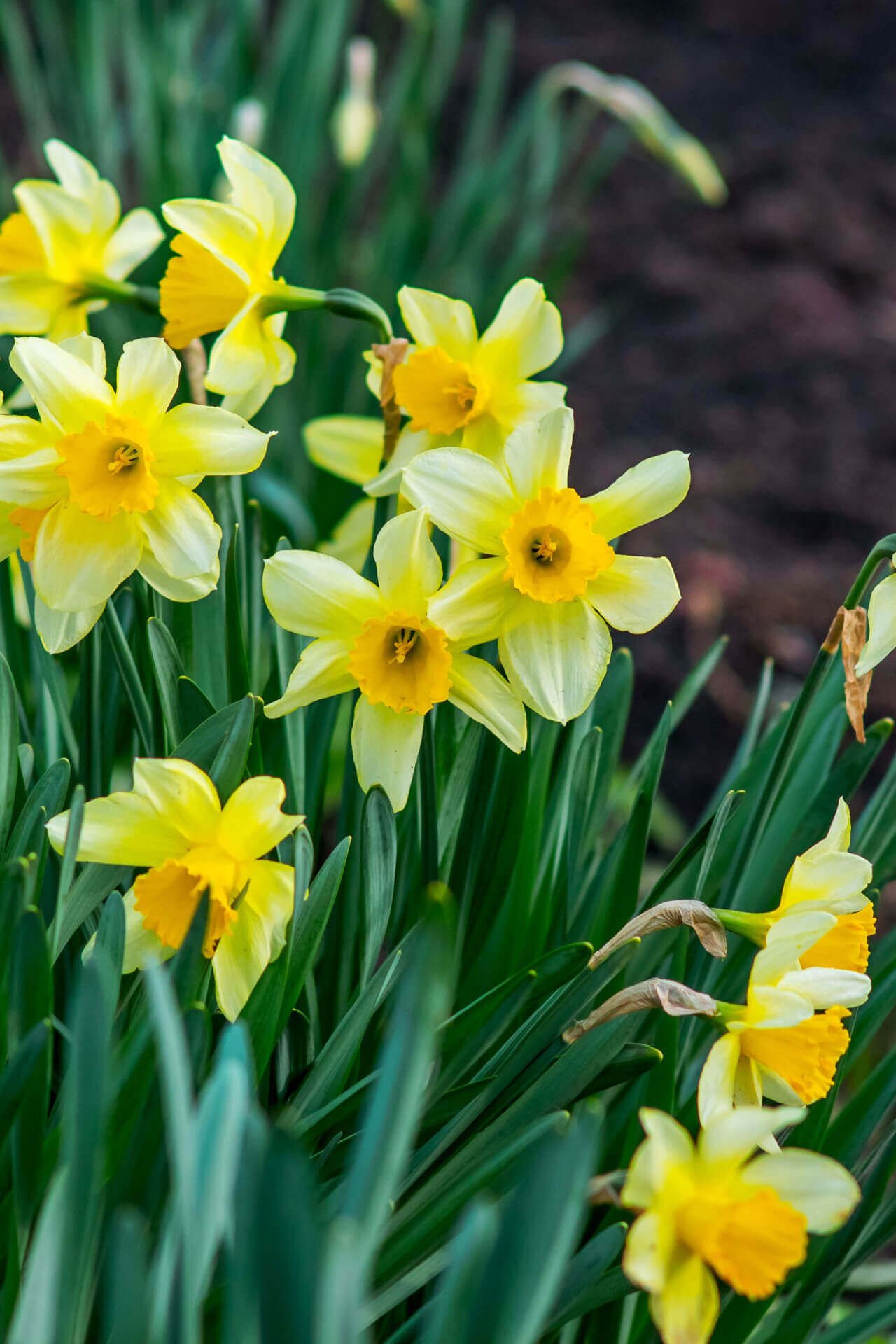

Daffodil Plant
Deer-resistant and pest-free flowers
Low maintenance and easy care
Naturalizes easily in many areas
Thrives in
ZONE 3ZONE 4ZONE 5ZONE 6ZONE 7ZONE 8This plant ships:
Ships Now (5-7 Days)Daffodil Plant: Narcissus
The Daffodil Plant is a Spring-blooming, trumpet-shaped flower characterized by its vibrant yellow or white petals and central trumpet-like corona. It adds a burst of color to gardens and landscapes. The flower's vibrant colors, from sunny yellows to pastel lemon, create striking visual displays that brighten any outdoor area.
They are famous for being yellow, but they come in all kinds of other colors, including white, orange, and even pink. They also feature varieties with more than one of these colors. Therefore, they can form a splendid and colorful swash throughout any garden.
They have adorned gardens for thousands of years. Indeed, the Greek name is Narcissus. Currently, it's the national flower of Wales. They've been harbingers of the coming of spring throughout their existence, and because they're perennials, each flower does the same for many years throughout its life cycle. They'll anchor your garden through spring and summer as long-lasting blooms, drawing people's gaze to their grace and beauty.
The Blooming Trumpet The Daffodil
Before they bloom, the trumpet of the mature bloom is covered in a waxy shell called a spathe. The spathe is delicate and reflects the entire light spectrum when covered in morning dew. Not everyone forms a trumpet, however.
They form two kinds of cups:
Charming double blooms and what's known as the jonquil, which is a beautiful two-toned bloom. Generally, there are two kinds of jonquils: one with primarily white petals and yellow accents and one that's the opposite. Such flowers that sport two exquisite colors can act as a transition between sections of the garden.
Care and Growth Info
They can grow almost to 3 feet tall and a foot wide. Their mature leaves are tall and straight and only sag toward the end of the growing season at the beginning of August. They last more than a month through the heart of the summer, lending their multicolored cheek to any garden. Because they thrive in containers as much as in the open, they're a terrific accent for window sills, porches, patios, and decks, bringing their polychromatic cheeriness to every part of the garden and the whole property.
Companion Perennial Plants
The bright yellow flowers pair very well with other garden residents, including the plants blooms and the vibrant red of roses or dahlias. The color palette is nearly endless and fabulously flexible when considering them fresh.
Where do they grow best?
They love soil with good drainage and full to partial sun. Choose an area of your yard with proper airflow to reduce the chances of fungal diseases.
How frequently should I water them?
Watering them in the growing season but avoiding excess watering is recommended to prevent the bulbs from rotting.
How do I Propagate them?
They can be multiplied by dividing clumps of bulbs every three to four years. They can also be grown from seeds, though this process takes longer than bulb division. Harvest seeds when the flowers have withered, sow them in a planting medium and wait for flowers to come up.
When Should I Plant Them
Timing is essential. Plant your bulbs in autumn, before the soil freezes, so they have enough time to develop and bloom in spring.
What are some companion Plants for Them?
Daffodils enjoy the company of other flowers and more. Grow them with tulips to get a truly floral marriage made in a floral paradise, or grow them with perennials to create a marvelous garden outlook.
This Is How Your Plants Will Look upon Delivery
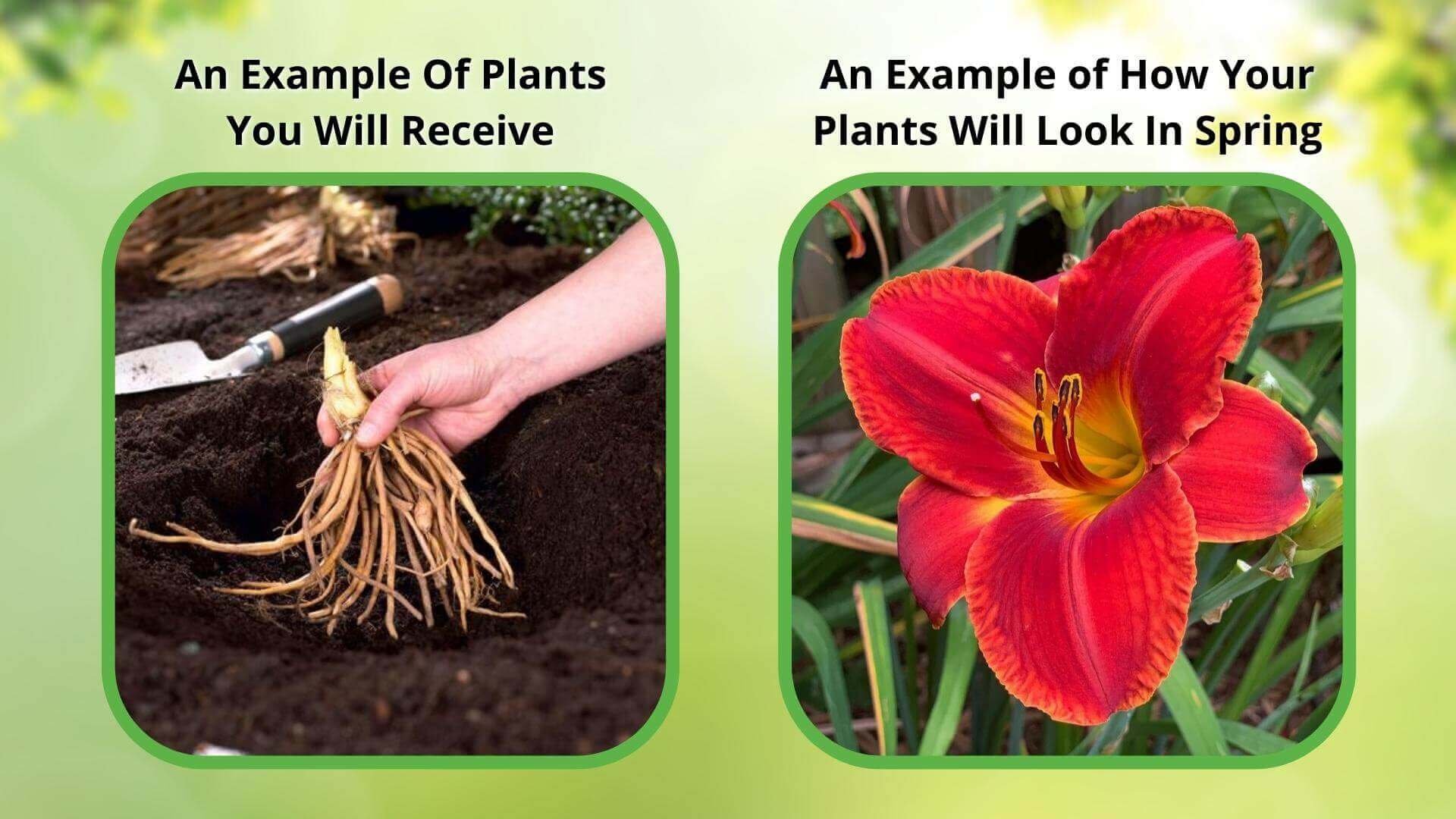
Bloom Season
Spring
Bloom/Foliage Color
Yellow
Height at Maturity
Under 12"
Care
Daffodils thrive in well-drained soil and should be watered regularly, especially during dry periods. Allow the vegetation to die back naturally to nourish the bulbs for the next season. Fertilize in early spring for optimal growth and blooms.
Plant Reproduction
Daffodil Plant can spread by asexual cloning through bulb division and sexual reproduction from seed
Shipping date depends on the date displayed and chosen when you order from the product's page.
We only accept returns on plants verified dead. If you think your plants have died, we offer a 1 year warranty, please use this File a Claim Link to verify dead plants and start with return warranty process.





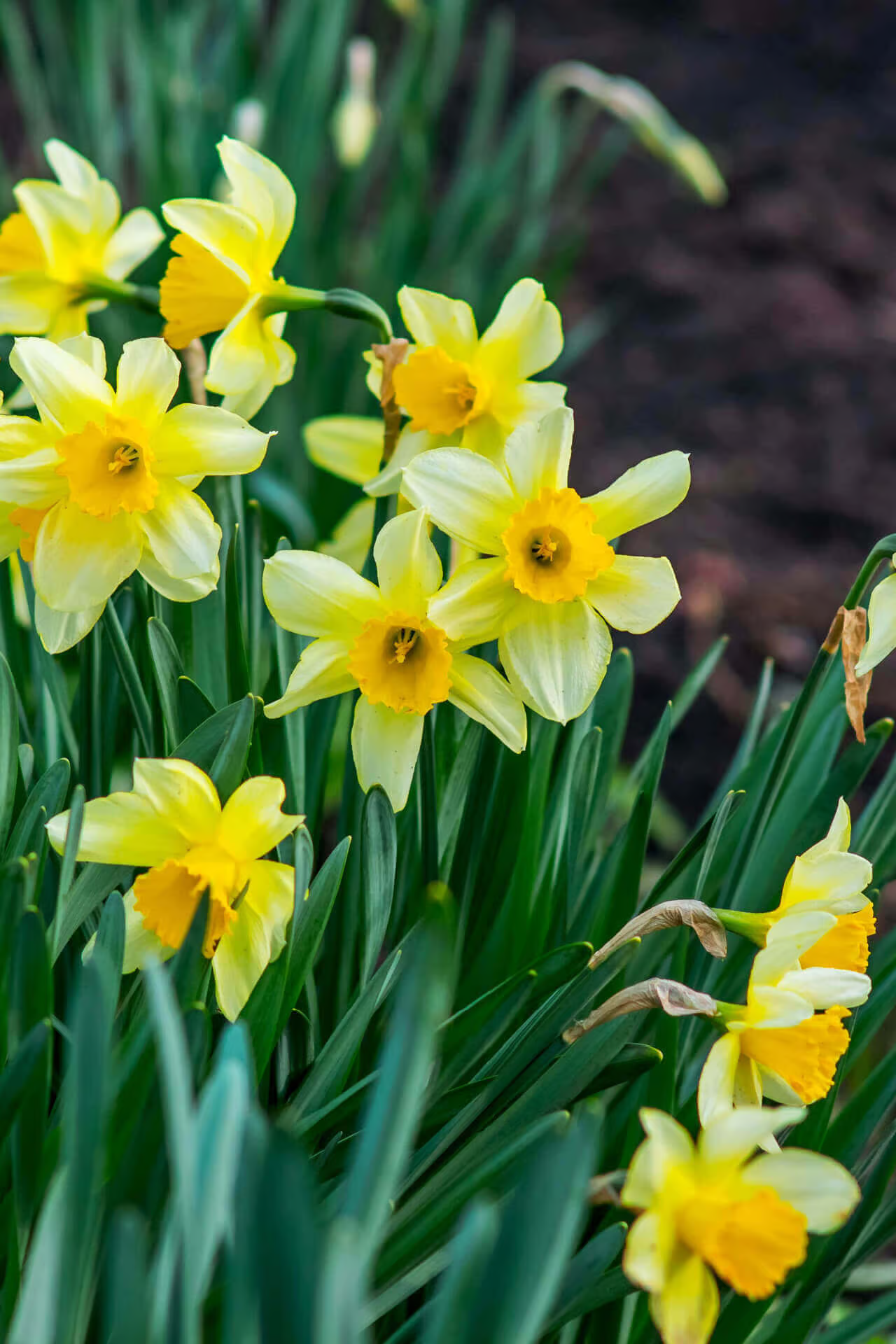
Deer and Rodent Resistant:
Unlike many other garden plants, daffodils are not favored by deer and rodents. Their toxicity to these animals means they are less likely to be eaten, ensuring your blooms remain intact and beautiful.
Bright and Cheerful Blooms:
Daffodils produce vibrant, trumpet-shaped flowers that light up any garden with their sunny yellow hues. They bring a sense of joy and renewal in early spring, making them a perfect addition to your landscape.
Versatile Landscaping:
Daffodils are incredibly versatile, suitable for borders, containers, rock gardens, and naturalized areas. Their ability to adapt to different garden settings makes them a flexible choice for enhancing any outdoor space.
Protective Blooms:
Daffodils, symbols of resilience, bloom early to herald spring's arrival. Their bright flowers attract pollinators, supporting ecosystem health, while their natural toxicity deters garden pests, protecting your garden.
Caring Tips
How do I care for my Daffodil Plant?
Each box contains detailed care instructions and information about your product. But here's the basics.
Care Tips
Daffodils thrive in well-drained soil and should be watered regularly, especially during dry periods. Allow the vegetation to die back naturally to nourish the bulbs for the next season. Fertilize in early spring for optimal growth and blooms.
Light Requirements
Daffodils thrive best in full to partial sunlight. They prefer at least 6 hours of sunlight daily but can tolerate some shade, especially in warmer climates. Proper light exposure ensures vibrant blooms and healthy growth.
Hardy Planting Zones
3 • 4 • 5 • 6 • 7 • 8
Header
Use this content to share information about your store and products.
Frequently Asked Questions
How often should I water my plants?
How do I know if my plant is getting too much or too little sunlight?
What should I do to prepare my plants for winter?
What are the signs that my plant needs fertilizing?
How can I prevent pests from damaging my plants?
How do I choose the right plant for my climate zone?



